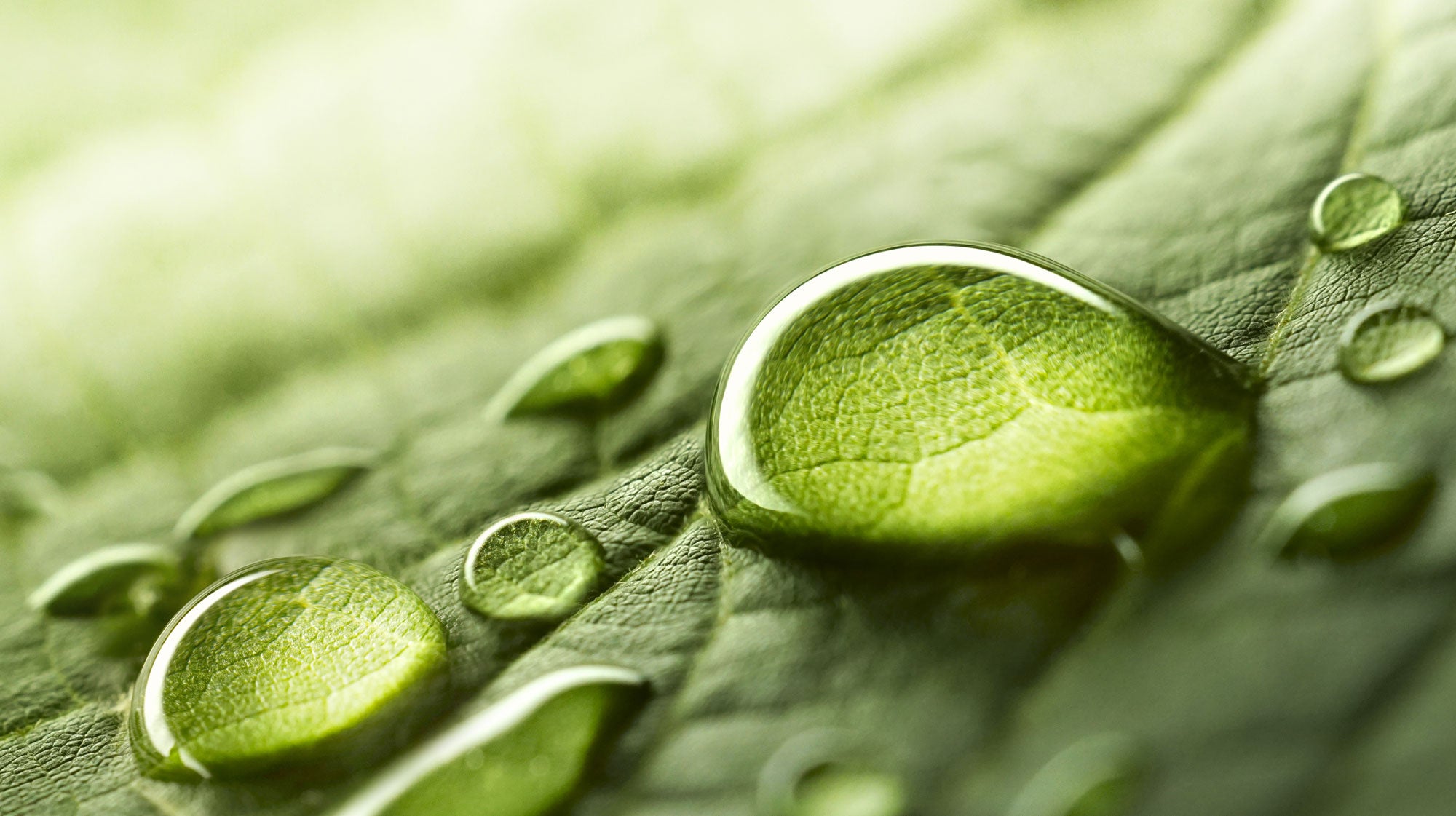
SAP TESTING
A plant sap analysis (PS) measures the amount of plant nutrients present in the plant sap, almost like taking a snapshot of the plant at that specific moment.
-
What is a plant sap analysis?
A plant sap analysis (PS) measures the amount of plant nutrients present in the plant sap, almost like taking a snapshot of the plant at that specific moment. It gives a measure of how much nutrient the plants can metabolize over the next two to three weeks. High values indicate that there are plenty of available nutrients in the plants and soil medium, while lower values indicate that nutrient availability is starting to decline or that the plants are having difficulty absorbing the nutrients from the root-zone. For example, a low value may mean that the nutrients are fixed in a form that is difficult to absorb or that the soil temperature is too low.
A plant sap analysis can be taken at any time during the growing season. In intensively grown crops, sampling is repeated every 2 to 3 weeks as long as growth occurs. This provides a basis for decision-making on foliar fertilization, especially with hard-to-absorb substances that are easily fixed in the soil/substrate. Where there is poor growth or a nutrient deficiency in the soil is suspected, the sap analysis should be supplemented with an Ana-Lync soil analysis.
Performance and scope of the plant sap analysis
The pH and conductivity (EC) are measured directly in the plant sap.
The analysis includes pH, conductivity, sugar content (Brix value) and 16 different plant nutrients: nitrate nitrogen, ammonium nitrogen, phosphorus, potassium, magnesium, sulphur, calcium, manganese, boron, copper, iron, zinc, molybdenum, silicon, sodium and aluminium. The substances are given in mg/l of plant sap.
-
How to collect samples for a plant sap analysis
Leaf samples can be taken on overcast days at any time of the day. On sunny days, the sample should be taken early in the morning when the plant is high in sap. Make sure your hands are clean and not contaminated with e.g. sunscreen.
Take the whole above ground grass plant for your sample. Do not take plant samples that are beginning to yellow or wilt. Do not include dirty/soiled grass plants.
Pick samples from different parts of the growing area. If any part of the grounds deviate significantly, consider taking a further sample for separate analysis from that area.
Sample size should be at least 150 grams. Put the sample in a plastic bag and seal immediately after sampling. Protect the sample from sunlight and store in a refrigerator. Avoid taking the samples at the end of the week if the samples are to be sent, so that the sample is not in transit over the weekend. When sending multiple samples, label each sample with the sample number or name.
